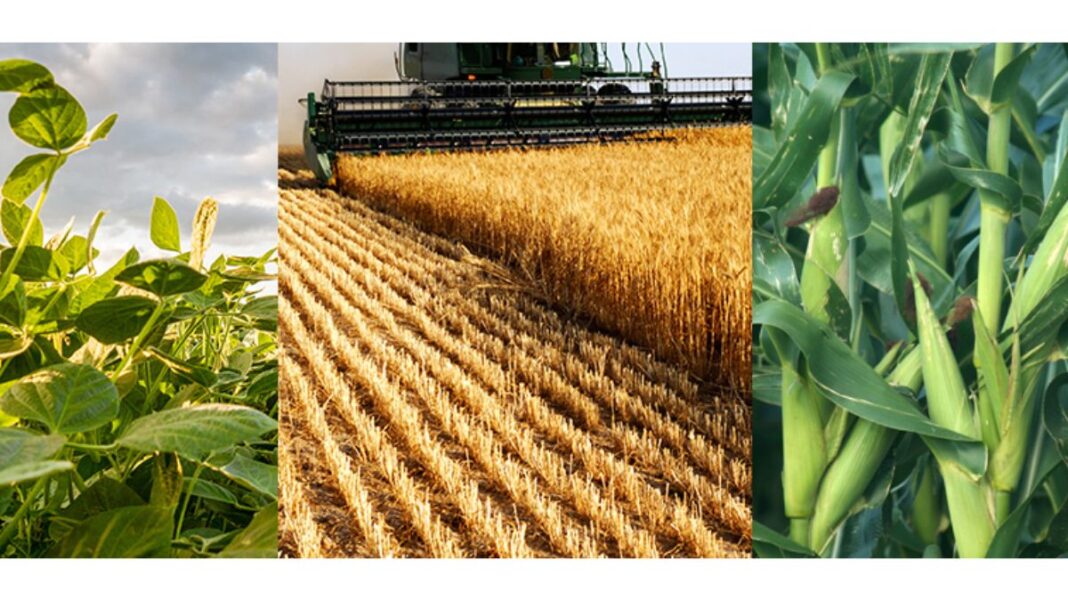The use of fertilisers has decreased dramatically in recent weeks as a result of the recent floods, putting a damper on any hope for growth in the near future. “In addition to causing widespread damage to the standing Kharif crop, the ongoing flash floods have raised concerns about the Rabi season sowing cycle, which runs from mid-September to October.” Wheat is the main crop this season, according to JS Research fertiliser analyst Muhammad Waqas Ghani.
Relevant Read: Floods expose embezzlement in PTCL’s heavily publicized project
“There will be implications for fertiliser offtake if the wheat sowing cycle is disrupted in some of the most affected areas, namely Sind and lower Punjab – DG Khan and Rajanpur,” he added.
“The fertiliser sector is expected to suffer as a result of recent floods affecting cotton, rice, sugarcane, and maize crops in Sindh and Balochistan,” said Sunny Kumar, senior research analyst at Topline Securities.
“We also believe that the ongoing floods will have an impact on wheat sowing, which typically begins in early October,” he added.
“We estimate that 2.4 million acres of cultivated land in Sindh and 1.3 million acres in lower Punjab have been impacted,” Ghani said. He explained that these 3.7 million acres could result in at least 17% of the total estimated cultivated land of 22.5 million acres being unavailable for cultivation.
“With approximately two bags of urea and one bag of DAP required for each acre of sowing, we’d like to highlight that fertiliser offtake in these areas faces a downside risk of 370,000 tonnes urea – approximately 6% of annual and approximately 21% of fourth quarter offtake- and 185,000 tonnes DAP,” Ghani reiterated.
“The impact on maize will be far greater,” he warned.
“In comparison, during the 2010 floods, urea and DAP sales were down 12% and 15% year on year, respectively,” Kumar said. According to the National Fertiliser Development Centre (NFDC), approximately 30% of urea and DAP sales were diverted to Sindh and Balochistan.
“The affected crops, which include cotton, sugarcane, rice, and maize, account for approximately 40% of total fertiliser consumption.” Wheat accounts for 50% of fertiliser consumption, according to Kumar.
“Given the current situation, we expect urea sales to fall by 5-7% year on year,” said Abdullah Umer Khan Lodhi, Fertiliser Analyst at Ismail Iqbal Securities. Six million tonnes of sales are expected in calendar year 2022, up from 6.3 million tonnes in 2021, he added.
“This situation may differ from urea field application because most of Sindh and lower Punjab are still affected by floods.” However, due to the recently proposed increase in gas prices by OGRA, fertiliser dealers will continue to build inventories, which will eventually stop the fall in urea application,” he said.
“For DAP, we expect ongoing demand destruction to continue, with an annual offtake decline of 15-20% in FY 2022.” Due to affordability issues, the expected sale this year is 1.5 million tonnes versus 1.8 million tonnes in FY 2021,” Kumar stated.
“To summarise,” he said, “fertiliser offtake will be affected in the next 1-2 months due to mobility issues rather than decreased application rate.”
“Additionally, the farmers’ agricultural infrastructure, including tube-wells, tractors, and other equipment, will be damaged, resulting in a reduction in the farmer’s purchasing power,” Kumar predicted.


[…] Relevant Read: Pakistan may face less crops in coming season due to floods […]